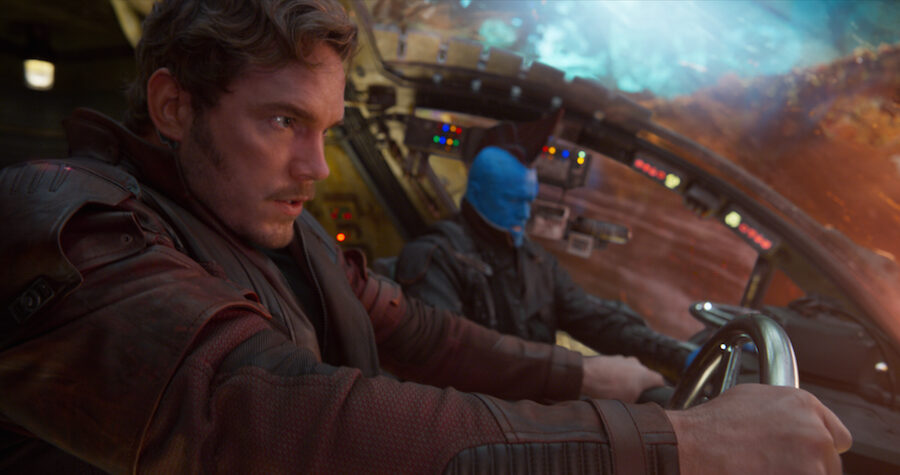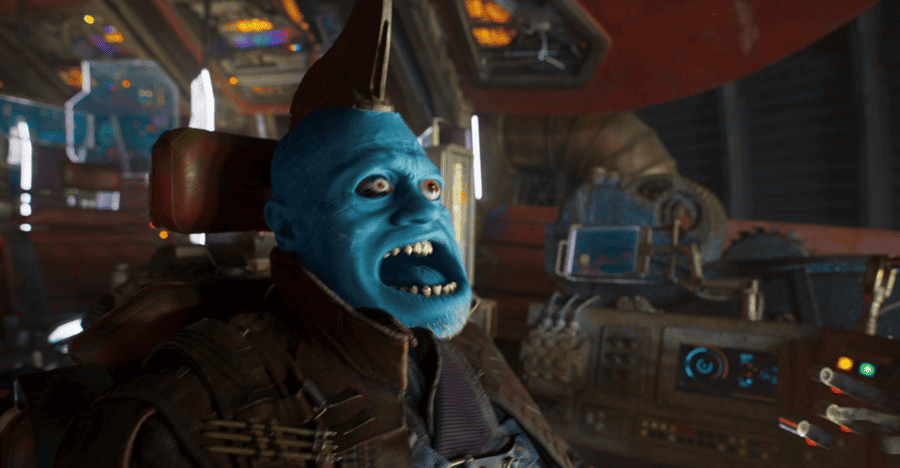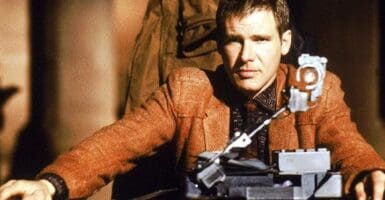How Space Travel Works In Guardians Of The Galaxy And The Marvel Universe
Guardians of the Galaxy shows that Marvel space travel is mostly based on wormhole mechanics.

When it comes to superhero movies like Marvel, space travel, magic, and weird science are just part of the narrative. The MCU films and TV shows hold on to the viewers’ suspension of disbelief as long as possible so they can tell captivating stories without making the shows feel like a graduate school-level science class by taking the time to explain all the rules of how characters like The Guardians of the Galaxy, Doctor Strange, and Captain Marvel are able to travel through space and time. But after 15 years of the MCU, it’s time to dive into how Marvel space travel science actually works—mostly, it’s wormholes and convenient space magic.
When it comes to creating the science behind Marvel space travel, The Guardians of the Galaxy and the other MCU movies are all over the place, depending on what each movie’s narrative needs, unlike other space adventures like Star Wars, which bases everything on the singular god-like power of Force, or Star Trek which has its foundation in quantum mechanics. For Marvel, the science comes from whatever is needed to move the story along in the moment, so sometimes Marvel uses sci-fi elements like wormholes, while other times they simply blame it on space magic without diving too deep into the explanation.
For a long time, Marvel didn’t draw too much attention to how exactly space travel worked. The first glimpse of it came from Thor when the Bifrost Rainbow Bridge was introduced as a type of wormhole that allowed Asgardians to reach Earth. But space travel during that phase of the MCU didn’t really need more explanation other than a magical bridge that was somehow connected to wormhole science. That is until The Guardians of the Galaxy came along in 2014.
Suddenly, there were characters who were using spaceships to travel not just between Earth and one other galaxy, but were traveling between multiple galaxies and planets like it was as normal as driving down the highway. The Guardians of the Galaxy Vol. 1 brought up a ton of questions for Marvel fans about space travel, questions that James Gunn was happy to address in Vol. 2.
It turns out, in the Marvel Galaxy Andromeda, space travel is as normal as driving down the highway. The Guardians of the Galaxy Vol. 2 explains that long ago, space-exploring civilizations built these space freeways of sorts with “jump points” that carried ships mega distances, as long as the driver stuck to the “road.” The movie doesn’t dive more into the science than that, but the context given through the visuals shows that the jump points are likely based in wormholes—a sci-fi fail-safe for explaining space travel.
These jump points (also known as the Universal Neural Teleportation Network) are interconnected throughout the entire universe and are used in Marvel for space travel in more than just The Guardians of the Galaxy. In Infinity War, Steve Rogers, Natasha Romanoff, Thor, Bruce Banner, James Rhodes, Rocket Raccoon, Nebula, and Carol Danvers embarked on a mission to Planet 0259-S via the Benatar and a jump point. Following Thanos’ defeat by Thor, they successfully returned to Earth using the same transportation method.

However, while the jump points are a convenient way of explaining how beings from every corner of the universe end up on Earth at some point before the events of Endgame, Marvel did include at least a few rules for space travel to help make it feel more realistic. For instance, in The Guardians of the Galaxy Vol. 2, Yondu explains to Rocket that it isn’t healthy for mammals to pass through more than 50 jump points at a time, just as the ship is about to pass through 700 consecutive jumps.
A hilarious scene then shows what happens to someone who jumps too far as everyone on the ship’s faces begins to morph and disconfigure temporarily until the crew gets to their destination on the planet Ego.
However, wormholes are not the only way Marvel characters space travel. As seen in Captain Marvel, unlike the Guardians of the Galaxy, Carol Danvers doesn’t need a wormhole or even a spaceship to travel to another galaxy as she has superhuman powers that allow her to travel at the speed of light—powers that were given to her by the space magic conduit, the Tesseract.
So, whether it’s through wormholes or space magic, Marvel has at least figured out some explanations for space travel. And, as long as you don’t think about it too much, it kind of makes sense. Kind of.












